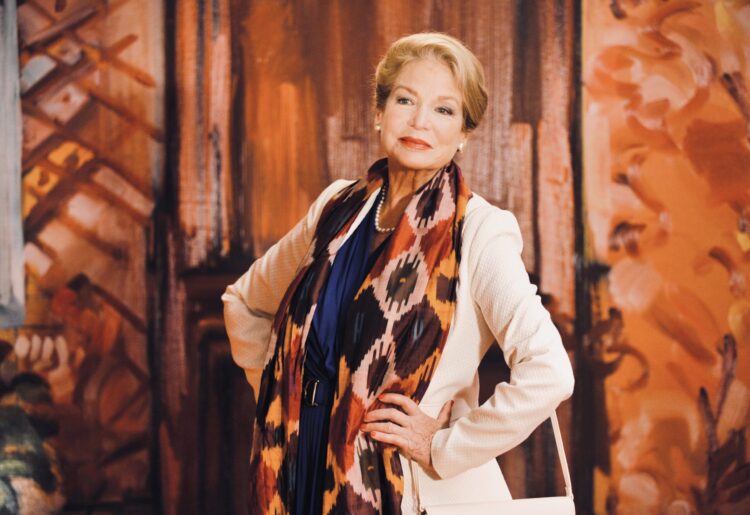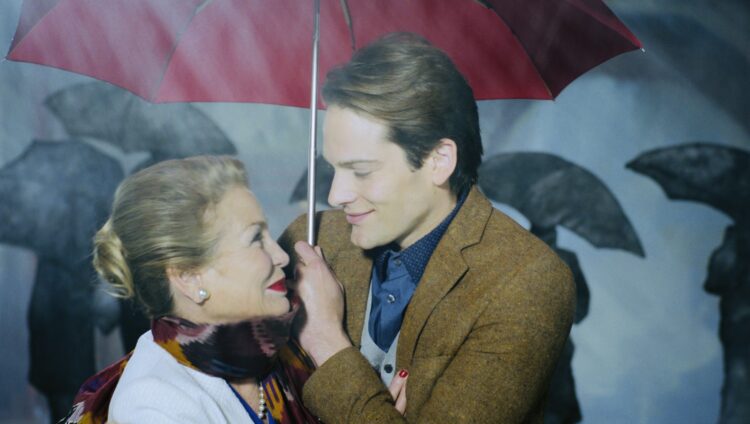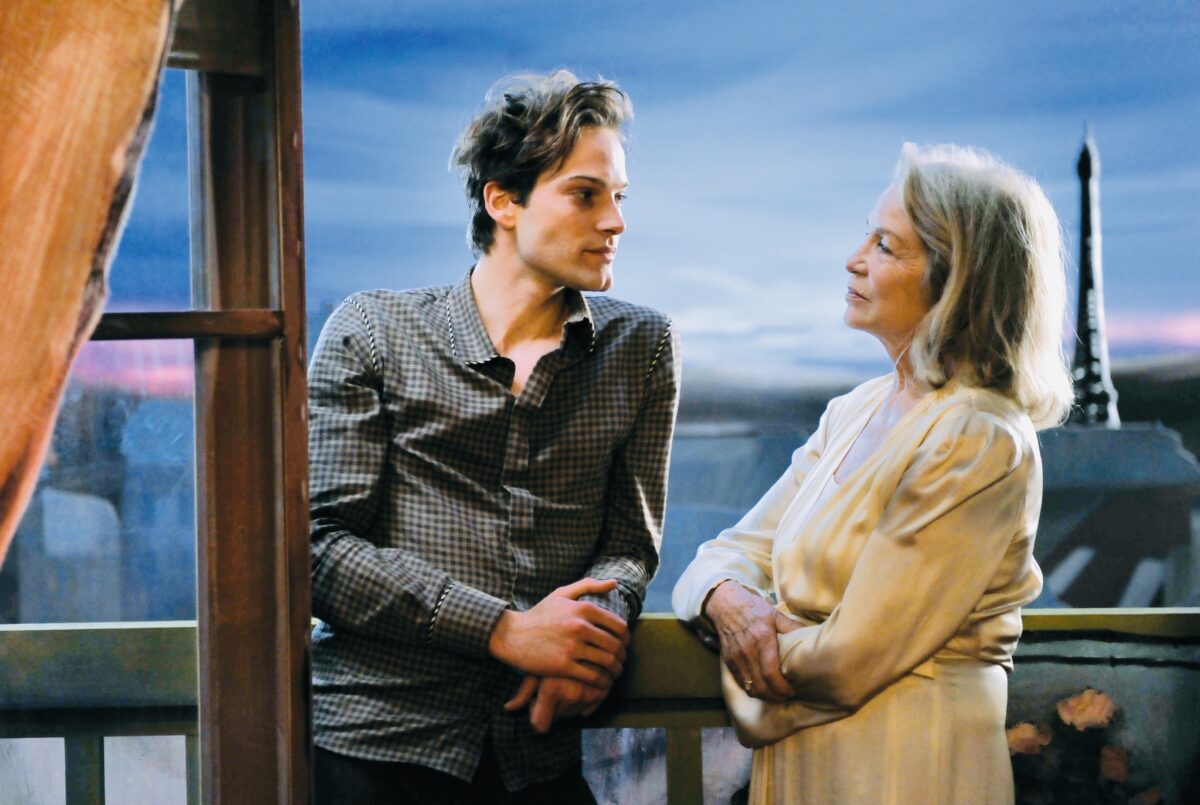Joseph Morder’s French feature film, The Duchess of Warsaw, now available on the ChaiFlicks streaming platform, is a pleasing yet unsettling melange of harsh reality and whimsical fantasy.
Crafted like a play and featuring only two actors, it is visually original and impressive. In Morder’s vivid imagination, Paris is a fantastical city of bright water colors and vibrant cutout characters. Yet it plays second fiddle to a Holocaust survivor, Nina (Alexandra Stewart), and her grandson,Valentin (Andy Gillet).
Nina, a Polish Jew, has lived in France since the end of World War II and speaks French fluently, but she regards herself as a foreigner in the country she loves. As she regales Valentin with her stories, she recalls she once spoke French with a Yiddish accent and reminisces about her late husband, who met her at an art museum and compared her to Mona Lisa.

The comparison is apt. Nina is indeed elegant and lovely to look at, but sadness lurks beneath her smile. Valentin, a gay painter who finds himself in an artistic rut and short of male companionship, can sense this duality. But when he asks Nina about her past in Poland, she clams up.
As they explore Paris, they visit a cafe, watch a silent movie in a theater, and enjoy a meal in a restaurant. They do so against the backdrop of vivid sets that conjure up the canvases of great 19th century painters.
It is clear that Valentin, a sensitive soul with a real artistic temperament, is the apple of her eye.
Stewart and Gillet infuse warmth and vitality into their respective characters and complement each other in convincing performances.

In an imaginary conversation, Gaston, her late husband, urges Nina to open up about her childhood in Poland. She heeds his advice, telling Valentin she is finally ready to talk. “It’s all coming back,” she says, disclosing she lived in a town 100 kilometers of Warsaw.
When she was 12 years old in 1939, she goes on to say, German troops appeared in her town, and soon Jews were confined to a ghetto. In August 1942, following an incident in which a German soldier fatally shot her grandparents, the ghetto was liquidated and its inhabitants transported to the Treblinka extermination camp. Nina was sent to Auschwitz-Birkenau, and a tattoo with the inscription A1434 was branded on her left arm.
Throughout the film, Morder inserts surrealistic elements. In two brief segments, Nina is seen flying, as if she is a figure in a Marc Chagall painting.
Her Holocaust journey ends in the Bergen-Belsen concentration camp in Germany, where hunger runs rampant. “I wonder how I survived,” she says, informing Valentin she was virtually reduced a skeleton and weighed only 37 kilos when she was liberated by the British army on April 15, 1945, the day of her rebirth.
Nina’s story of resilience and survival invigorates Valentin, who belatedly realizes that no challenge, however daunting, is beyond his grasp.
